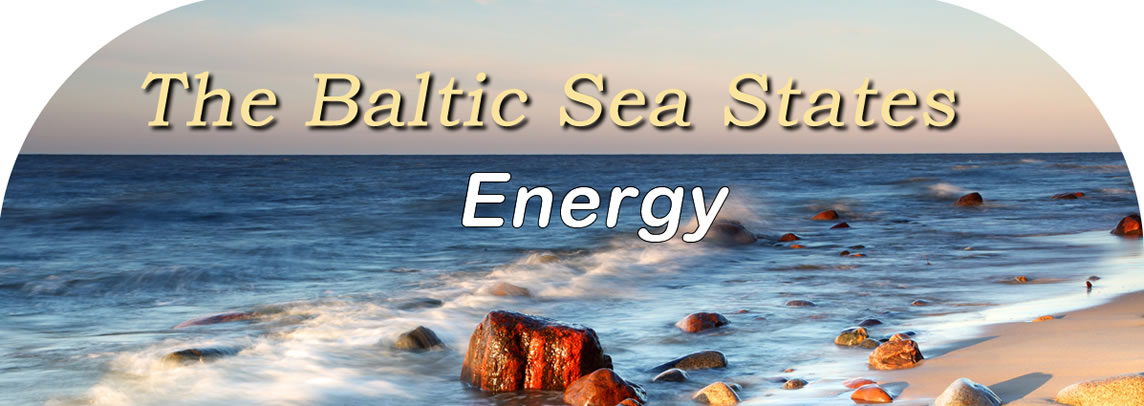
Estonian Energy When it comes to energy
policies, Estonia is a very unique country in Europe and the entire
world. This is because it does not have a wide range of energy
sources such as gas, coal and even oil. However, it does have a
large amount oil shale. Due to this, past energy policies completely
focused in the development of the shale industry. Energy Regulation and Policy The Estonian government is
placing high priority on its continuing economic reform program.
Government objectives and policies in the energy sector can be
simply summarized in two ways. These include obtaining a reliable
source of energy for the entire country and getting this energy at
the lowest possible price. Other Objectives Estonia also intends to
separate regulation and policy responsibilities from the actual
management of the country's energy infrastructure. This will help
the country decentralize its energy activities at the local level
where possible. Additionally, the country intends to privatize all
enterprises that are of no national strategic importance. Important Shifts Current energy policy
encourages the use of renewable energy resources as well. Due to
this, a 12.7 percent increase in electricity generated from
renewable sources was noted in 2011. This was a huge increase from
1.5 percent in 2007. On Track! Due to significant changes in
the country's energy policies, Estonia is well on its way to become
the first country to meet the European Union's target of providing
20 percent of its energy use from renewable resources. © Baltic21.org 2013, All Rights Reserved |
